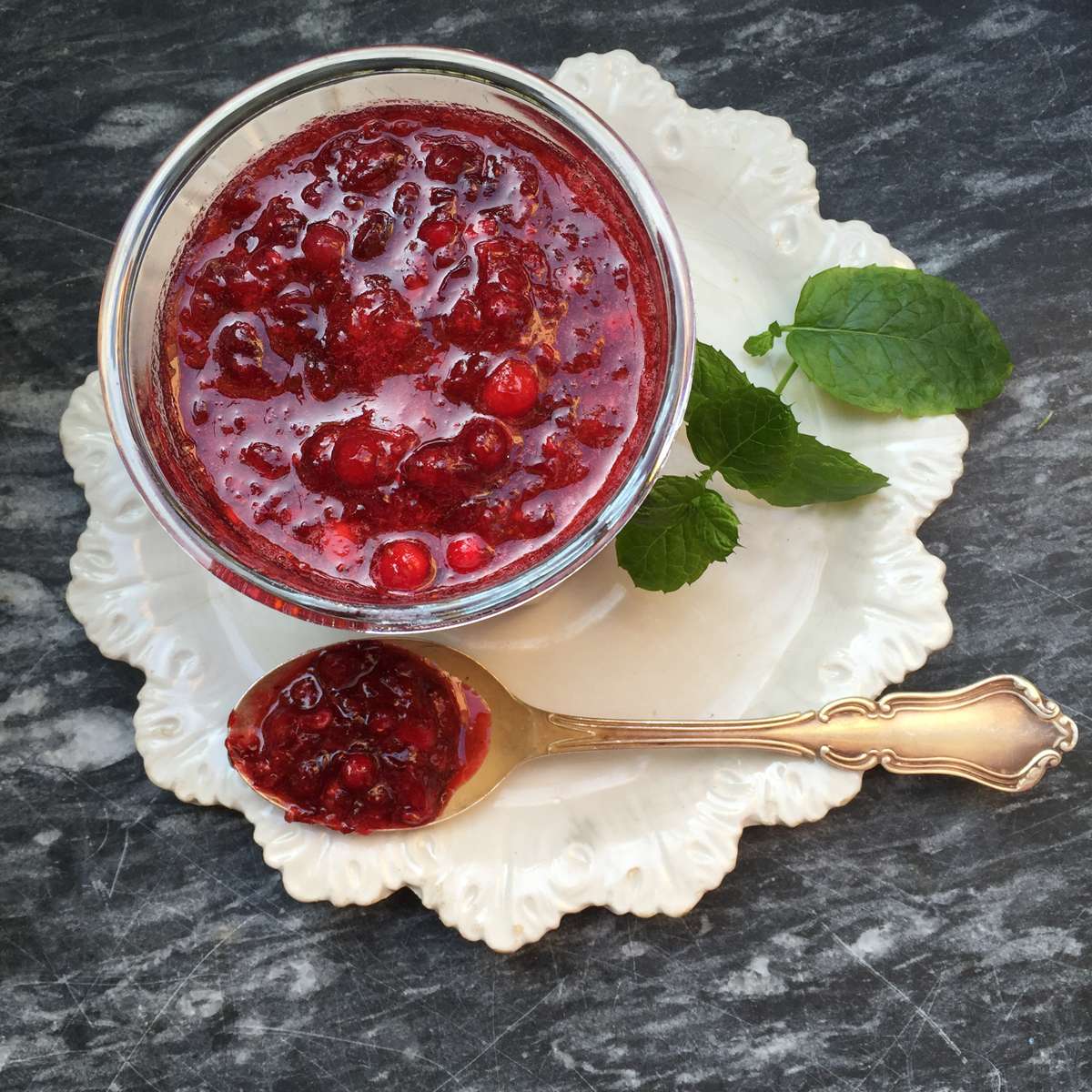

vitis-idaea, one in Eurasia and one in North America, differing in leaf size: There are two regional varieties or subspecies of V. Nutrient-poor soils are tolerated but not alkaline soils. It prefers some shade (as from a forest canopy) and constantly moist, acidic soil. It is extremely hardy, tolerating temperatures as low as −40 ☌ (−40 ☏) or lower, but grows poorly where summers are hot. Vaccinium vitis-idaea keeps its leaves all winter even in the coldest years, unusual for a broad-leaved plant, though in its natural habitat it is usually protected from severe cold by snow cover. The minus subspecies is listed as a species of special concern and believed extirpated in Connecticut. Ĭonservation status in the United States While bitter early in the season, they sweeten if left on the branch through winter. The fruit is a red berry 6–10 mm ( 1⁄ 4– 3⁄ 8 in) across, with an acidic taste, ripening in late summer to autumn. They are pollinated by multiple insect species, including Andrena lapponica and several species of bumblebee. vitis-idaea begins to produce flowers from five to ten years of age.

The flowers are bell-shaped, white to pale pink, 3–8 mm ( 1⁄ 8– 3⁄ 8 in) long, and produced in the early summer. Leaves grow alternately and are oval, 5–30 mm ( 1⁄ 4– 1 + 1⁄ 8 in) long, with a slightly wavy margin, and sometimes with a notched tip. The stems are rounded in cross-section and grow from 10 to 40 cm (4 to 16 in) in height. Slender and brittle roots grow from the underground stems. Vaccinium vitis-idaea spreads by underground stems to form dense clonal colonies. redberry (in Labrador and the Lower North Shore of Quebec).partridgeberry (in Newfoundland and Cape Breton Island).There are at least 25 other common English names of Vaccinium vitis-idaea worldwide, including: The specific name is derived from Latin vitis ('vine') and idaea, the feminine form of idaeus (literally 'from Mount Ida', used in reference to raspberries Rubus idaeus). The genus name Vaccinium is a classical Latin name for a plant, possibly the bilberry or hyacinth, and may be derived from the Latin bacca, 'berry'. The name 'lingonberry' originates from the Swedish name lingon for the species, and is derived from Old Norse: lyngr ("heather"). Vaccinium vitis-idaea is most commonly known in English as 'lingonberry' or 'cowberry'. Pacific Northwest and in the Netherlands. Commercial cultivation is undertaken in the U.S. Lingonberries are picked in the wild and used to accompany various dishes, primarily in the Nordics. It is native to boreal forest and Arctic tundra throughout the Northern Hemisphere, from Europe and Asia to North America. Vaccinium vitis-idaea, the lingonberry, partridgeberry, mountain cranberry or cowberry, is a small evergreen shrub in the heath family Ericaceae, that bears edible fruit.


 0 kommentar(er)
0 kommentar(er)
